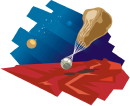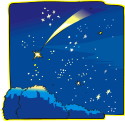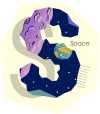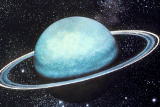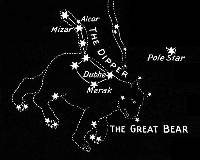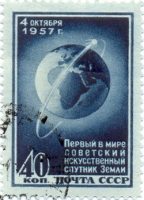Meteor showers are cyclical, predictable events because they are formed from the icy rock debris shed by comets as they pass the Sun. The following sites explain why they happen, when they occur, and offer tips on how to best …[Continue]
Neptune
Neptune is the farthest planet from the Sun, with a huge orbit compared to ours. It takes Neptune approximately 165 Earth years to complete a single trip around the Sun. Neptune is one of three blue planets (Earth and Uranus …[Continue]
Mars Curiosity
After an eight-month journey, the Mars rover Curiosity landed on the Red Planet on August 6, 2012. Its mission is to explore Martian climate, soil and geology, and to determine if Mars might ever have supported life. Curiosity is roughly …[Continue]
Apollo 11
I remember that summer night in 1969 when Neil Armstrong and Buzz Aldrin walked on the moon. I tell my kids this story, and I know that for them, it is a story from another lifetime. They are growing up …[Continue]
Night Sky
Although kids may enjoy an inexpensive telescope, experts say there is plenty to see with just your eyes or a pair of binoculars. Start in your own backyard or neighborhood, using the following sites as an introduction to the nightly …[Continue]
Project Mercury
Project Mercury (1959 – 1963) was the first manned American spaceflight program. With the success of its Mercury-Atlas 6 flight on February 20, 1962, the project achieved its goal of putting an American astronaut (John Glenn) into orbit around the …[Continue]
Space Day
Although there are a number of Space Days, the most well known is the one started by Lockheed Martin in 1997 that is celebrated on the first Friday of May….[Continue]
Uranus
Uranus is the seventh planet from the Sun, the third-largest planet in the Solar System, and has twenty-seven known moons. Though visible to the naked eye, it was dismissed as a star until March 13, 1781 when Sir William Herschel, …[Continue]
Constellations
A group of stars that forms a picture is commonly called a constellation. Astronomers, however, call these star pictures asterisms, and have a slightly different definition of a constellation. Scientists divide the sky into eighty-eight official constellations, so that every …[Continue]
Sputnik
On October 4, 1957, at the height of the Cold War between the Soviet Union and the United States, the Soviets launched Sputnik, the first man-made satellite, into orbit around the Earth. This surprise achievement created a crisis in the …[Continue]


